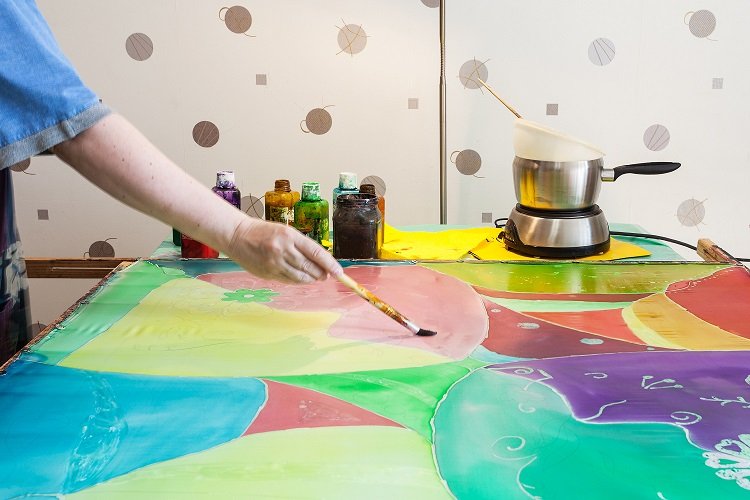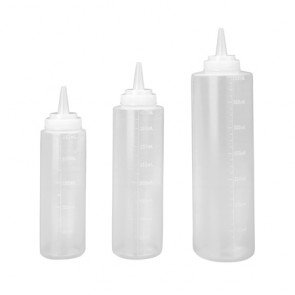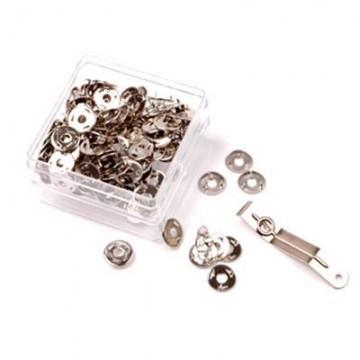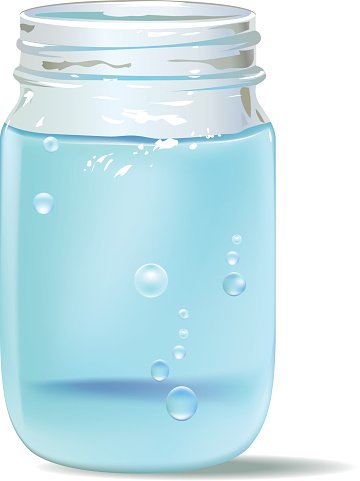Silk painting has become a very popular art form and a great way to express unique fashion styles through painting scarves and other clothing items. When painting silk, colors get extra vibrancy as the surface seems to reflect the color.
Although it sounds daunting, painting on silk is actually pretty easy. When you apply dyes to the silk they flow naturally and allow colors to spread softly creating beautiful results. As with any craft skill, the key to successful creation is gaining confidence through practice and experimenting. As your confidence increases over time and you start enjoying this technique fully, you'll be able to develop your own unique style on painting and develop great new designs.

Basic Materials for Silk Painting
1. Silk Material
For beginners in silk painting, it is best to start with inexpensive pieces of white silk, like habutai. You can also choose silk chiffon, silk georgette, silk satin, silk taffeta and silk twill.
Habutai is plain white silk with enough body to take the dye and it comes in three weighs- fine, medium and heavy. Medium weight is the most appropriate for beginners and it is very affordable as well.
2. Dyes
Paints used for working with silk are very concentrated and need to be mixed with water. In general, there are two main types of dye: steam-fixed and iron-fixed dyes. Make sure to buy same type of gutta and dye.
Steam-fixed Dyes
- they dry quickly and give a smooth background color when diluted with alcohol
- colors flow easily on silk and spread nicely
- they get extra color and vibrancy when steamed
- work well with salt
- need to be steam-fixed before washing
Iron-fixed Dyes
- quick and easy to use
- you paint them on, leave to dry, iron and wash
- work well with salt
- can be used on cotton, linen and some synthetics as well
- best used on designs that are divided in small areas
- can only be mixed with water
- do not flow easily as steam-fixed dyes
- make silk lose some of its softness and lustre
3. Gutta
Gutta is a color that draws, flows and separates colors. It has a honey-like consistency and it is used in a pipette. It can be colorless or metallic and it is gently squeezed onto the silk to create outlines for the design. It creates lines that separate dye and prevent colors bleeding into each other. It washes out after the finished design has been fixed, except metallic gutta which needs iron fixing. There are water-based and spirit-based gutta.
4. Pipette
It is a transparent plastic bottle which holds gutta and you have ti squeeze to expel gutta out and draw. To get a nice even line and build confidence, you can buy a pipette with screw-on nib and wire.

5. Frame
Silk needs to be firmly stretched out so that you can paint and drawn on it freely. You can use an old picture frame or canvas stretcher that will hold silk pins. Canvas should always be about 7 cm above the table so that silk does not touch the work surface.
6. Masking Tape
Masking tape is used to cover the edge of the frame so that the dye does not come into the wood and stains the next piece of work. It has to be replaced after finishing each piece.
7. Silk Pins
You don't want your pins to put holes in the silk, so it is necessary to use special three-legged silk pins to fix silk to the frame.

8. Brushes
Any brush can be used to apply dye tot he silk or you can buy special silk painting brushes at a hobby shop. Chinese paintbrushes are a great choice because they can reach small areas and hold great quantities of dye.
9. Palette
A regular white plastic palette will be a great choice for mixing dyes.
10. Water dish

11. Pencil or embroiderer's pen
A regular 2B pencil can be used to sketch a design on silk but sometimes it doesn't wash out. a better choice would be a felt-tipped embroiderer's pen which is also known as an invisible pen as the ink fades when in touch with water.
12. Dropper
To transfer the dye to the palette, you will need a dropper. It is preferable to use separate droppers for each color.
13. Dryer
A great way to dry gutta lines and fix dye to stop spreading. is to use a regular hairdryer.
Starting the Painting Process
You can't really cut silk in a straight line so you need to make a small cut in the silk and then tear sharply until you get the wanted size. Because silk is sensitive to acids, you should always use an acid-free card to mount silk pictures. Also, keep your silk paintings away from direct sunlight as it slowly destroys silk filaments.
When you have all the necessary tools, prepare your work surface.
- Fill the pipette with gutta.
- Put the masking tape around the frame.
- Trace a design on your silk piece by putting the silk on tio and secure with masking tape. Use 2B pencil or embroiderer's pen to trace the design onto the silk.
- Pin silk on the frame before using gutta. stretch it on the frame to be as smooth as possible and use plenty of pins to get the best results.
- Have plenty of water dishes on hand for mixing and diluting as well as rinsing the brushes between colors.
Next I will cover some silk painting techniques and I hope you'll give this beautiful way of treating fabric a chance. If you do, please share your work by tagging me on your social accounts or dropping me an email, I would love to see your creations!

Very helpful I appreciate it
Im interested in silk painting
I want cheap method to paint on silk
As I have plenty of powder dye colour
How to use
Suggest
Great instructions! Really appreciated it. Do you have any videos related to these instructions ? Just like to see you creating.
Clear instructions sounds easier than I thought . I am inspired to go ahead and try it
Thank you